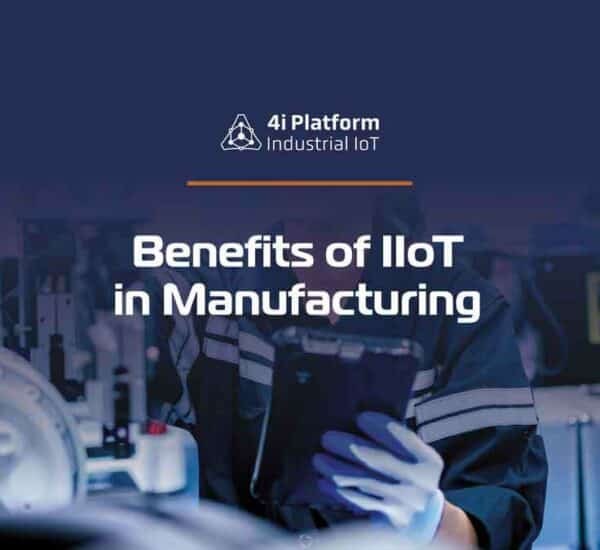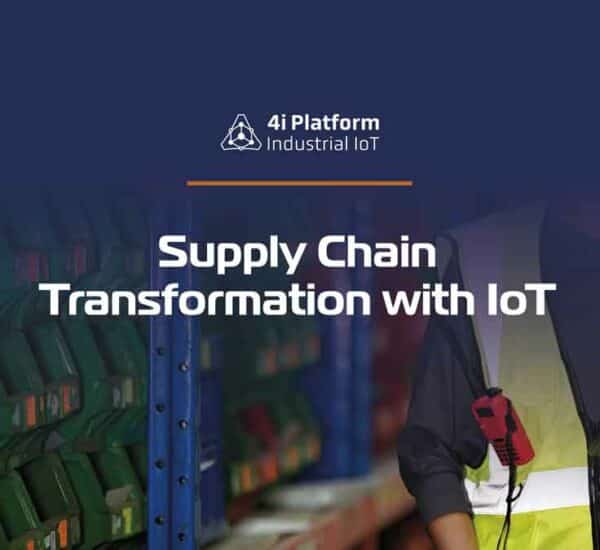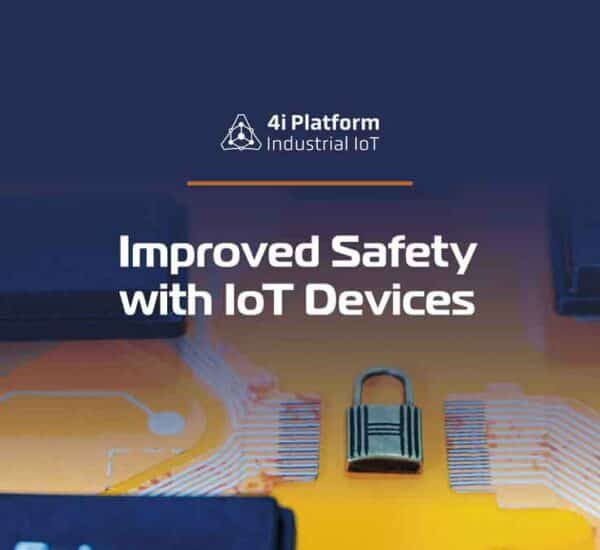The Internet of Things (IoT) refers to the system of physical objects–“objects”–that are embedded with sensors, software, and other technologies for the purpose of connecting and exchanging data with other devices and platforms over the net.
These instruments range from ordinary household objects to sophisticated industrial tools. With more than 7 billion joined IoT devices today, experts are expecting this number to rise to 10 billion by 2020 and 22 billion by 2025.
Why Is the Internet of Things (IoT) so important?
Over the past few years, IoT has become one of the most important technologies of the 21st century. Now that we can join everyday objects–kitchen appliances, cars, thermostats, baby monitors–to the net via embedded devices, seamless communication is possible between individuals, procedures, and items.
By means of low-cost computing, the cloud, big data, analytics, and mobile technology, physical items can share and gather data with minimal human intervention. In this hyperconnected world, digital systems can record, track, and adjust each interaction between linked things. The physical universe meets the digital world–and they cooperate.
What Technologies Have Made IoT Possible?
While the idea of IoT has been in existence for a very long time, a collection of recent advances in a range of different technologies has made it practical.
Access to low-cost, low-power sensor technology. Affordable and reliable sensors are making IoT technology potential for more manufacturers.
Connectivity. A bunch of network protocols for the world wide web has made it easy to link sensors to the cloud and also to other”items” for efficient data transfer.
Cloud computing platforms. The increase in the availability of cloud platforms enables both businesses and customers to access the infrastructure they have to scale without actually having to manage it all.
Machine learning and analytics. With advances in machine learning and analytics, along with access to varied and vast amounts of data saved inside the cloud, businesses can gather insights faster and more easily. The development of these allied technologies continues to push the boundaries of IoT and the data made by IoT also feeds these technologies.
Conversational artificial intelligence (AI). Advances in neural networks have attracted natural-language processing (NLP) to IoT devices (such as digital personal assistants Alexa, Cortana, and Siri) and made them appealing, affordable, and viable for home usage.
What Is Industrial IoT?
Industrial IoT (IIoT) refers to the application of IoT engineering in industrial configurations, especially with respect to instrumentation and control of sensors and devices that engage cloud technologies.
Recently, industries have employed machine-to-machine communication (M2M) to achieve wireless automation and control.
But with the emergence of cloud and allied technologies (such as analytics and machine learning), businesses can achieve a new automation layer and with it create new revenue and business models. IIoT is sometimes called the fourth wave of the industrial revolution, or Industry 4.0. The following are some common applications for IIoT:
- Smart manufacturing
- Connected assets and preventative and predictive maintenance
- Smart power grids
- Smart cities
- Connected logistics
- Smart digital distribution chains
Unlock Business Value with IoT
As IoT becomes more widespread in the marketplace, companies are capitalizing on the tremendous business value it can offer. These benefits include:
- Deriving data-driven insights from IoT data to help better manage the business
- Increasing productivity and efficiency of business operations
- Creating new business models and revenue streams
- Easily and seamlessly connecting the physical business world to the digital planet to drive fast time to value
What Are IoT Applications?
Business-Ready, SaaS IoT Applications
IoT Intelligent Applications are prebuilt software-as-a-service (SaaS) applications that can analyze and present captured IoT sensor data to business users via dashboards. Oracle has a full collection of IoT Intelligent Applications.
IoT applications utilize machine learning algorithms to analyze massive amounts of connected sensor data in the cloud. Employing real-time IoT dashboards and alerts, you gain visibility into key performance indicators, statistics for mean time between failures, and other information. Machine learning–based algorithms can identify gear anomalies and send alerts to users and also trigger automated fixes or proactive counter measures.
With cloud-based IoT applications, business users can quickly enhance existing processes for supply chains, customer service, human resources, and financial services. There’s no need to recreate entire business processes.
What Are Some Ways IoT Applications are Deployed?
The ability of IoT to offer sensor information as well as enable device-to-device communication is driving a broad set of applications. The following are some of the most popular applications and what they do.
Create new efficiencies in manufacturing through machine monitoring and product-quality monitoring.
Machines can be continuously monitored and analyzed to make sure they are performing within required tolerances. Products can also be tracked in real time to identify and address quality defects.
Enhance the tracking and “ring-fencing” of physical assets. Tracking enables businesses to quickly figure out asset location. Ring-fencing allows them to make sure that high-value assets are protected from theft and removal.
Utilize wearables to track human health analytics and environmental conditions. IoT wearables enable people to understand their own health and allow physicians to remotely monitor patients. This technology also enables companies to track the health and safety of their workers, which is especially useful for employees employed in hazardous conditions.
Drive efficiencies and new possibilities in existing processes. One more example of this is the usage of IoT to increase efficiency and safety in related logistics for fleet management. Companies can utilize IoT fleet tracking to guide trucks, in real time, to boost efficiency.
Enable business process changes. An example of this is the use of IoT apparatus for related assets to track the health of remote machines and activate service calls for preventive maintenance. The ability to remotely track machines is also enabling new product-as-a-service business models, where customers no longer have to buy a solution but instead pay for its usage.
What Industries Can Benefit from IoT?
Organizations best suited for IoT are those that would benefit from utilizing sensor devices in their business processes.
Manufacturing
Manufacturers can gain a competitive advantage by using production-line monitoring to enable proactive maintenance on equipment when sensors detect an impending failure. Sensors can actually measure when production output is compromised.
With the help of sensor alerts, manufacturers can quickly check equipment for accuracy or remove it from generation until it is repaired. This allows companies to reduce operating expenses, get better uptime, and enhance asset performance management.
Automotive
The automotive industry stands to realize drastic advantages from the use of IoT applications. In addition to the benefits of applying IoT to production lines, sensors can detect impending equipment failure in vehicles already on the road and can alert the driver with details and recommendations.
Thanks to aggregated information gathered by IoT-based applications, automotive manufacturers and suppliers can learn more about how to keep cars running and car owners informed.
Transportation and Logistics
Transportation and logistical systems benefit from a variety of IoT applications. Fleets of cars, trucks, ships, and trains that carry stock can be rerouted based on weather conditions, vehicle availability, or driver availability, thanks to IoT sensor data.
The inventory itself may also be equipped with sensors for track-and-trace and temperature-control tracking. The food and beverage, flower, and pharmaceutical industries often carry temperature-sensitive stock that would benefit greatly from IoT monitoring applications that send alerts when temperatures rise or fall into a degree that threatens the product.
Public Sector
The benefits of IoT in the public sector and other service-related surroundings are similarly wide-ranging. For example, government-owned utilities can utilize IoT-based applications to notify their users of mass outages and even of smaller interruptions of water, electricity, or sewer services.
IoT applications can collect data concerning the reach of an outage and deploy resources to help utilities recover from outages with greater speed.
General Safety Across All Industries
In addition to tracking physical assets, IoT can be used to enhance worker safety. Workers in hazardous environments such as mines, oil and gas fields, and chemical and power plants, for example, have to understand about the incidence of a hazardous event that may affect them.
When they are linked to IoT sensor–based applications, they can be notified of accidents or rescued from them as swiftly as you can. IoT applications are also employed for wearables that can monitor human health and environmental conditions.
Not only do these kinds of applications help individuals better understand their own health, they also permit physicians to monitor patients remotely.





